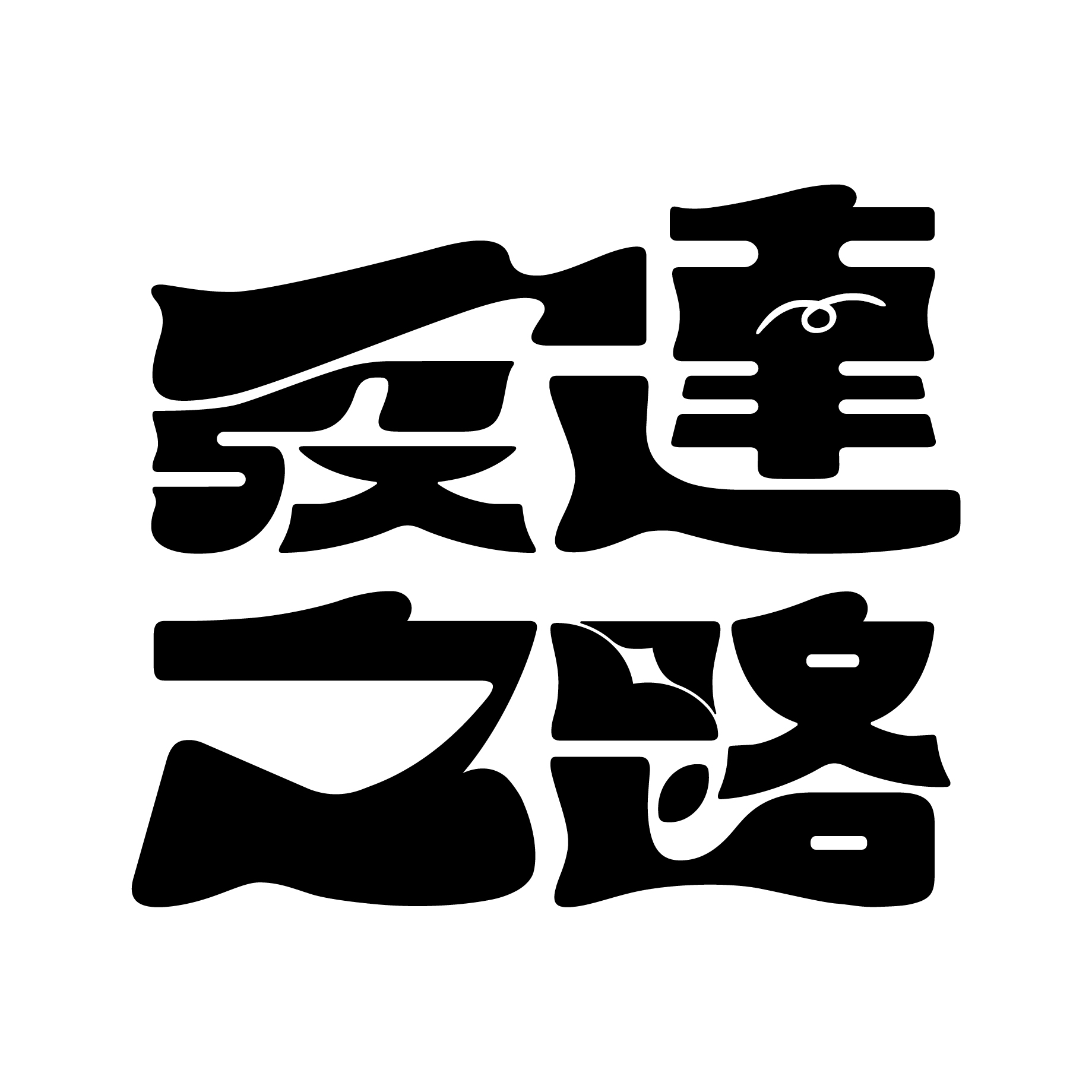Dongyi(東熙)- 一種分析辣椒素的方法
- Regular price
- NT$ 1,380.00
- Regular price
-
NT$ 0.00 - Sale price
- NT$ 1,380.00
分享
我正在分享我的專輯藝術背後的故事。
京都有一座高麗美術館。 這是我每次去京都會去的美術館。
我的專輯是在創始人鄭詔文(1918-1989)的極大尊重和啟發下開始的。
六歲時與家人移居日本。
由於警察不斷騷擾,一家人離散,鄭祖文當了碼頭工人。
後來,他為了省錢,在京都開了一家彈珠遊戲店。
他決心奪回被日本當局奪走的祖國文化遺產。
在收集文物的同時,他於1969年成立了朝鮮文化公司,並出版了季刊《日本朝鮮文化的遺跡》。
並以生前積蓄的積蓄於1988年10月25日建立了韓國美術館。
我拍攝的那個空間二樓陽台的照片是我的搭檔台灣藝術家komuyi創作的一幅畫,他給了我很大的幫助。
Koreas 南北韓八道各地的泡菜、醬油鍋都聚集在這裡。
這幅畫即使在朝鮮半島也找不到,我很幸運在京都找到了它。
我正在向你透露我在這個罐子裡遇到的聲音。
— Dongyi (東熙)
I'm sharing the story behind my album artwork.
There is a Museum of Koryo Art in Kyoto. This is an art museum that I always visit when I go to Kyoto.
My album began with great respect and inspiration from the founder, Jeong Jo-moon (1918-1989).
He moved to Japan with his family at the age of six.
Because the police constantly came and harassed him, the family was scattered and Jeong Jo-moon became a dock worker.
Later, he saved money by opening a pachingo (Japanese gambling game) store in Kyoto.
He was determined to regain his country's cultural heritage that had been taken away by the Japanese authorities.
While collecting relics, he established Joseon Culture Company in 1969 and published a quarterly magazine called “Remains of Joseon Culture in Japan.”
And with the money he saved throughout his life before his death, he established the Goryeo Art Museum on October 25, 1988.
My photo of the second floor balcony of that space was born into a painting by Taiwanese artist komuyi that deeply resonates with me.
All the kimchi and soy sauce pots from all over the eight provinces of Joseon are gathered here.
This painting cannot be found even on the Korean peninsula, and I was lucky enough to find it in Kyoto.
I am revealing to you the sounds inside this jar that I encountered.
—Dongyi




